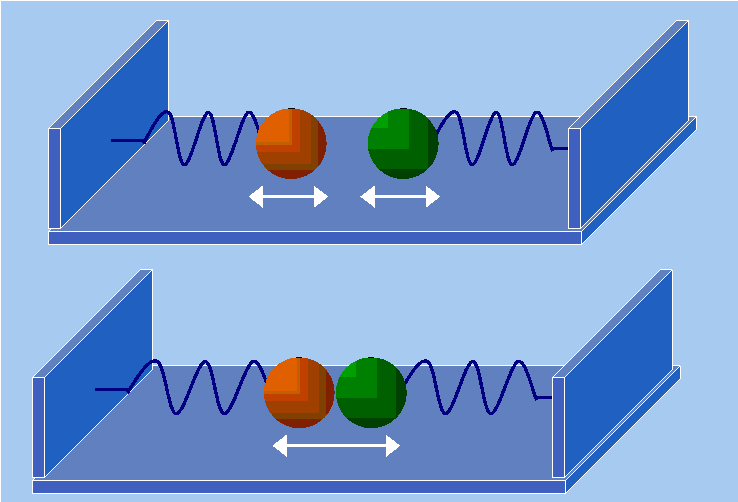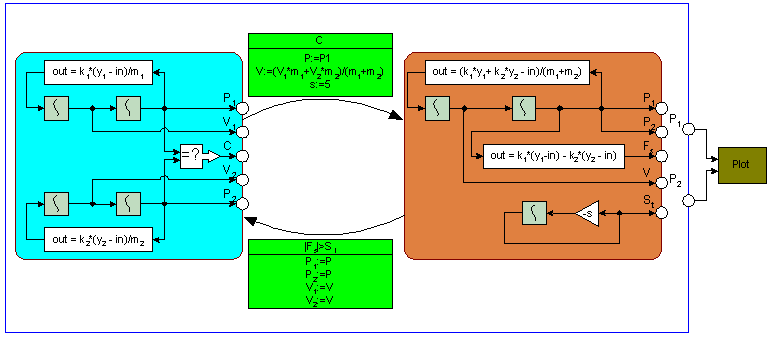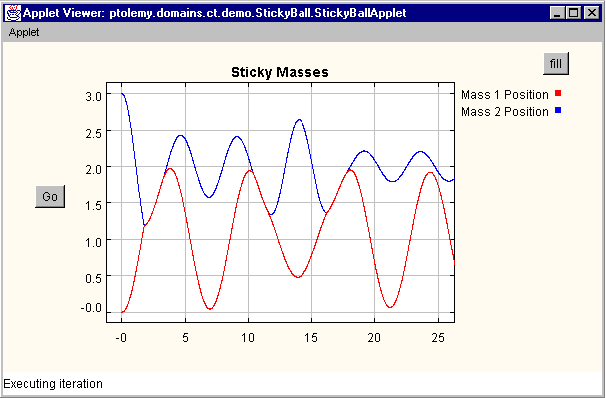
Figure 1. The physical model of the sticky masses.

Figure 1. The physical model of the sticky masses.
The model is built in Ptolemy II using the continuous time (CT) domain and the finite state machine (FSM) domain. The block diagram of the system is shown in Figure 2.

Figure 2. The Ptolemy II model of the sticky masses.
To run the applet, click Go
If the applet runs correctly, the result will be a plot like Figure 3.

Figure 3. The Ptolemy II simulation result.
Last Updated:$Date: 1999-05-26 14:52:56 -0700 (Wed, 26 May 1999) $